So you’ve taken a long, hard look at the sunny space in the back yard, and you’ve decided it’s time to grow more than useless grass. Maybe you’ve just moved to a new property that is full of potential and devoid of a garden, and your green thumb’s itching something fierce. Or, perhaps, you are tired of eating store-bought tomatoes that taste like cardboard, peppers laced with 53 toxic residues, and GMO sweetcorn. It’s time to start a good vegetable garden.
The world of vegetable gardening is huge, diverse, and multi-faceted. Figuring out where and how to start can be downright intimidating, especially if you’ve never done it before and didn’t come from a farming background.
With a suburban upbringing, I know how you feel — standing there with your brand-new gloves, shiny, unused spade in hand, and nervous-hopeful gleam in your eye. Starting a garden is more than a hobby. It truly can become a way of life and a means to real self-sufficiency.

The most important thing is to start, no matter how small the initial effort looks in comparison to your visions of plenty. And one of the first things to decide is what your vegetable garden size should be. In general, 100 square feet is a good starter size for a vegetable garden.
However, the best size for a vegetable garden really depends on where you’re growing your vegetables whether it be in a traditional or raised bed, a keyhole, a straw bale garden, or a container garden. Read on to learn more about what size is best for your vegetable garden and the different growing conditions to keep in mind.
How Big Should My Vegetable Garden Be?
There are so many different approaches to gardening that there can never ever be a single real answer to satisfy this question. Instead, let’s look at a good starter size for several different methods of a beginner garden.
Related Post: Garden Planners
For the first-year gardener, my recommendations may seem a little smaller than you may want, but that’s okay. This is your “kinder-garden” (if you’ll excuse another pun) where you’ll get the feel for the process and how it fits into your life. If you can handle managing a smaller garden without being overwhelmed, you can always expand it next year.
Traditional Garden Bed
This is the garden in your coloring books with rows of crops, laid out neatly in a dedicated space — probably with pathways between the rows for easy access. If you aren’t limited on space, this setup will require the least amount of infrastructure but a lot of effort as you transform the raw ground into productive veggie patches.

A good starter size is 100 square feet of garden space not including walkways. That should give you a decent amount for fresh eating (though not enough to store) and a better understanding of what pests you’ll be battling. If that size is totally doable, then expand it by 100 square-foot increments every year until you are satisfied with the amount you’re producing.
Don’t think that your garden is limited to the size of your yard, either. There are many tricks and innovative gardening strategies you can use to maximize your garden space even when all you have is a small city lot. Planting squash vertically, hanging herb baskets off your fences, and trying out space-saving techniques like herb spirals, allow you to plant more per square foot.
Raised Beds
Maybe you don’t have the time to transform your claypit of a back yard into a garden of any value, but you want to garden NOW. Raised beds are an answer! Basically a box that you set on top of the ground, you can fill it with deep topsoil, give yourself the instant ability to grow the deep-rooted carrots and parsnips (that I’m still battling rocky ground to grow).
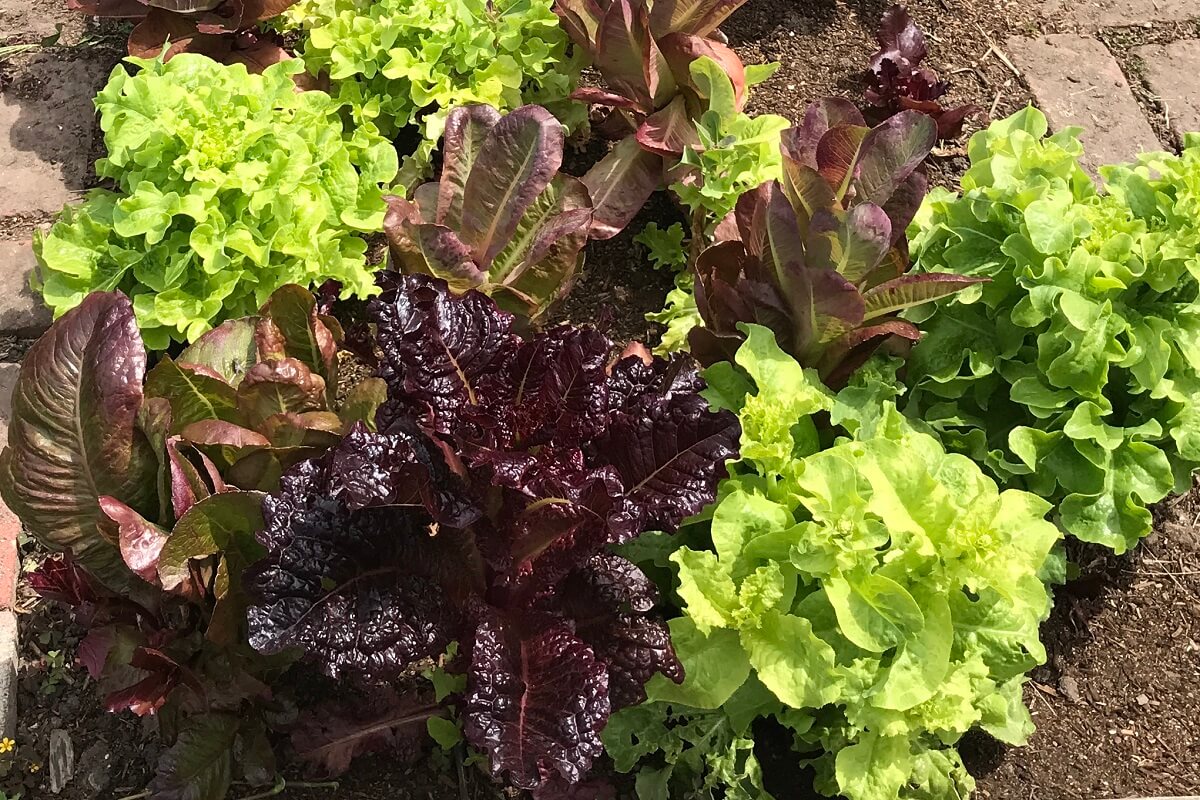
A good starter size for a bed is a 3 ½ to 4-foot width, a 2-foot height, and a length as long as your space, time, and materials allow. I recommend leaving 4 feet between each raised bed if you can afford it. That spacing gives you plenty of room to mow, move a wheelbarrow, and attend to all faces of each bed without feeling crowded.
Start with three or four beds and see how it goes. Arranging the beds in a U shape can help you fit all that plant material in a relatively small place, too. And the nice thing is, expanding your garden is as easy as adding another bed to your beautiful patchwork of growing food.
There are tons of plans to be found online, but the system is pretty simple. A box filled with soil isn’t too complicated. The biggest challenge will probably be finding enough topsoil to fill the raised bed. And as a safety precaution, be sure NOT to use treated lumber, tires, or railroad ties for your construction materials. The chemicals can leach into your soil and food.
Related Post: How To Make the Most of Garden Failure

Cedar is attractive and rot-resistant, but untreated pine can work fine, too … as long as you don’t mind rebuilding it after it inevitably breaks down. If you are confident in your garden design and don’t want to change it, you could even build out of stone or concrete.
Square foot gardening is a specific version of raised-bed gardening that takes managing “as small amount of space as possible” to a new level. Each plant type is allotted a 4 foot by 4-foot square, and the number of seeds that go into the soil is dependent on the final size of the crop. Ideal for small back yards or even places with no yards, an aesthetically ordered garden may be just the ticket for the particular gardener who prefers regular grids to the comparative anarchy of free-form plots.
Keyhole Garden
Keyhole gardening is described as both a layout design and a philosophy of planting. With a keyhole, your garden is in a horseshoe-like shape, allowing maximum access to the entirety of the space. Good for small spaces, it can raise a surprising amount of plants in an attractive, (typically) raised bed. Additionally, the garden surrounds a central compost pile that recycles kitchen scraps and feeds and waters the vegetables.
The basic design for a keyhole garden is a 2-meter wide circle that is a meter tall at the center, and gently slopes to a retaining wall traditionally made of stone. If this is the route you take your garden, start with one keyhole, preferably close to the kitchen. Check out Insteading’s earlier article on Keyhole Gardens for more information.
Straw Bale Garden
Even easier than a raised bed, a straw bale garden is based on the easy-to-arrange, easy-to-compost straw bale. This humble rectangle of compressed grass stalks is both topsoil and a raised bed in one package. And if you find that your design was not ideal this year, making changes for next year is as easy as moving the new bales into a better location and arrangement.
For an in-depth look at how to get started, check out this earlier Insteading article on how to condition and plant your straw bale garden. For first-timers, 12 bales may be an ideal starter size.
Container Garden
Even if you don’t have a yard, you can put some dirt in a container and set it on a patio or near a window, and gosh darn it, you can grow something. This can be as inelegant as seeds plunked in an open bag of potting soil, as utilitarian as using galvanized tubs to grow as much as possible, or as lovely as perfectly proportioned and painted pots arranged artfully on your patio.
Related Post: 40 Large Planters For Trees And Flowers
With a container garden, you are limited in what types of crops you can grow. While there are some delightfully adorable dwarf versions of plants, and plenty of plants that will accept being potted, there’s just no downsizing on some space-hoggers like corn, gourds, or standard-size okra.

The ideal starter size? Well, that depends on how much patio space you want to dedicate to your plants. I challenge you to rethink the space taken up by potted flowers, however. Some delicious vegetables are just as decorative and attractive as impatiens, geraniums, or petunias, and they’ll pull double duty as future food, too!
Planning A Garden Space For The First Time
There are several considerations to think through before you put seeds in the soil.
Sunlight
Many annual crops are sun-loving, and require at least 6 hours of sunlight a day for good production. In the shade, they can struggle and falter, and it’s possible that the straggling sprouts will never even make it to the point of producing food. Watch your selected space over the course of the day. Is your potential new garden adequate, or does that big oak tree block sunlight for the entire afternoon?
Soil Type
Well-draining, fertile soil is the standard for any plant you grow. Even if you live on somewhat crummy soil, fertility can be created over time with composting and proactive soil amendment. All that nutrition will mean nothing, however, if your plants are drowned with every rainfall.
Avoid low-lying, boggy areas. To avoid any drainage problems, we put our first homestead garden on a slope, and created some terraces to avoid runoff and pooling. Raised beds are another way to mitigate the effects of over-saturated soil.
Airflow
Low-lying areas can be more than just a runoff collector. If you place a garden in a depression, the air itself can pool and stagnate, creating mildew, frost pockets, and all sorts of garden-killing environments. Plants need good airflow in order to be as healthy as possible.
Accessibility
Back when I helped run a summer camp, I had an idea to plant a garden for the campers to grow, weed, and eat their own produce. With visions of kids learning all about their food dancing in my head, I selected a secluded area of camp where it wouldn’t get in the way of the other somersaulting, ball-throwing, crazy activities.
By the middle of the summer, the garden died (overwhelmed by weeds and neglect). It was a hike to reach, it had no water access, and it wasn’t part of my usual route. In retrospect, there really was little chance of success.
Don’t set yourself up for similar failure by putting the garden in an out of sight, out of mind spot. A garden close to the house or at least, visible through a window, will make it a part of daily life.
Types Of Crops
I laugh as I remember my brother-in-law’s “garden” back when we lived in the city. He planted tomatoes more as a decoration, but somehow, he struck gold with his placement. By midsummer, he ended up with pounds and pounds of luscious, ripe fruit … that he had no desire to use. I cut my teeth on canning tomatoes for the first time with his crop, so at least it didn’t go to waste.
Use that as a lesson to make sure you plant a garden that will give you crops you plan on actually using! We’re all susceptible to over-buying seeds, especially in the winter as we’re dreaming through a seed catalog. Opt for a few varieties that you know you want — the tomatoes, squash, onions, or swiss chard — and get good at growing and using those plants.

This will also help you plan the size of your garden. Every plant has its own spacing needs, and with fewer plants, you can plan an organized garden more easily. Don’t fret if it feels too simple. You can always add more variety next year.
Related Post: Growing Tomatoes
Also, keep in mind that the types of plants you sow are somewhat dependent on your gardening method. If you’re limited on space, pumpkins and corn will gobble up tons of area whereas radishes and lettuce will keep to their rows a little more neatly.
Tomatoes can sprawl even when staked, while peppers will rarely raise a leaf out of a tomato cage. Okra can often reach 8 feet tall and shade out nearby plants while carrots do most of their work below ground.
As you select what to plant and where to plant it, make sure to educate yourself on how much space a plant will need — whether it’s a polite parsnip or a dominate-the-bed squash.

Hopefully, this down-to-earth guide (with every pun intended) will help you along the way to planning and planting that first veggie patch and savoring the unbuyable flavor of that first, sun-warmed, vine-ripened tomato.
Of course, this article is only a start. I haven’t even delved into aquaponics, permaculture, the Mittleider method, and many other ways of turning rich soil into bountiful produce. So let me know in the comments — what method do you use? What was the rough size of your first vegetable garden, and how did it go? And if you’re new to planning a vegetable garden, what questions do you have as you get the ball rolling? Talk to you soon!
































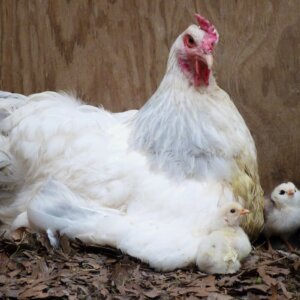

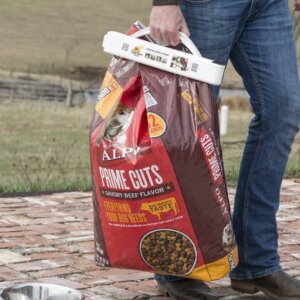
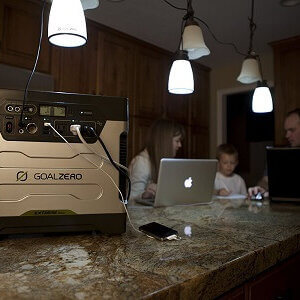
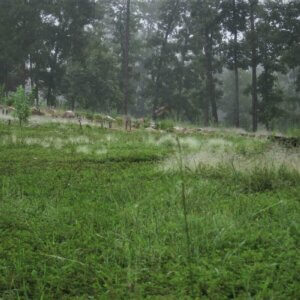





Hello, I look forward to your newsletter and so enjoy them. I loved the idea of planting in a bag of soil. I am going to try it. I planted tomatoes and peppers in my patio area but no luck. The tomatoes never developed and the peppers were the size of cherry tomatoes. The soil in SoCal is horrific, it’s almost cement. Second time, I built a little wooden square and purchased dirt. Unfortunately, my cat thought it was his new remodeled cat box. No one in the house will eat anything that comes out of that garden. This time I am just going to get bags of soil, put wire cages around it and plant flowers and vegetables and see what happens. At least the possum got to eat the little peppers.
I’m so glad the idea is useful! I’ve seen people do it before with pretty good success–though you might want to “stabilize” the bag in a barrel or basket of some sort, just to avoid any spillage (or cats randomly scratching through it, because they can be jerks, haha). Thanks for your comment, and happy planting!